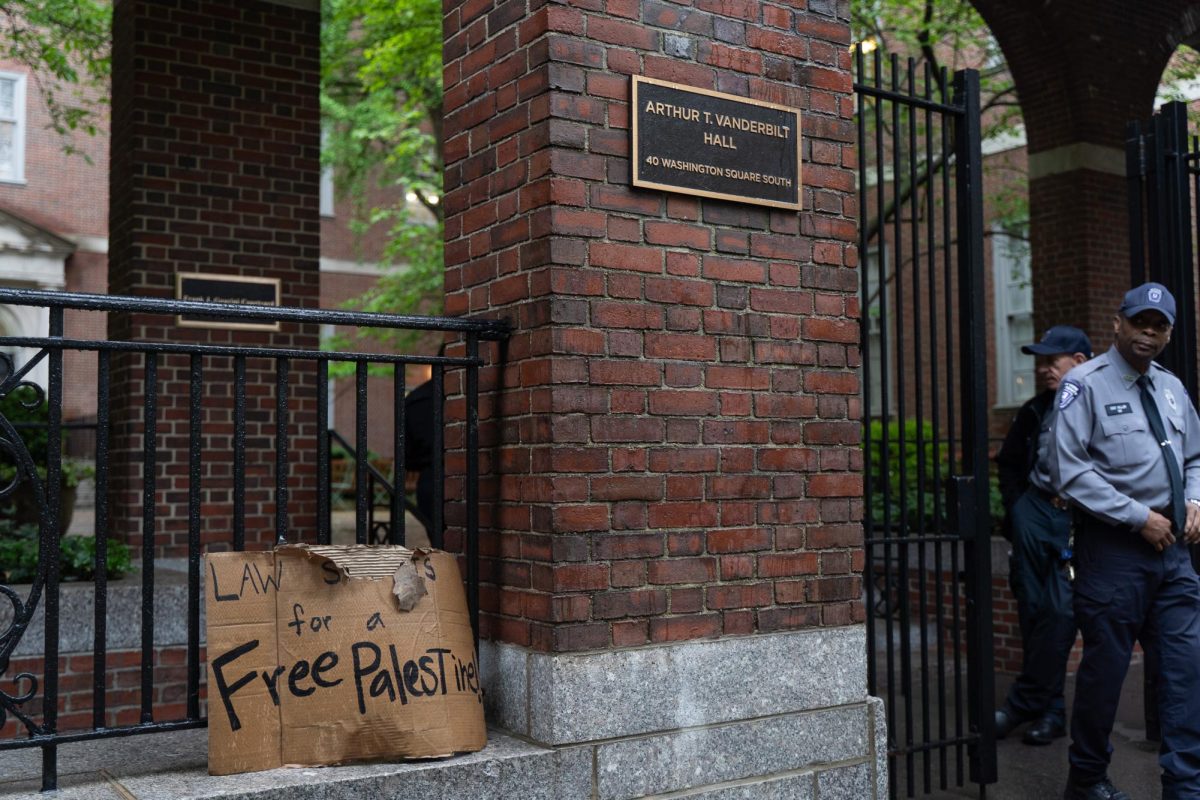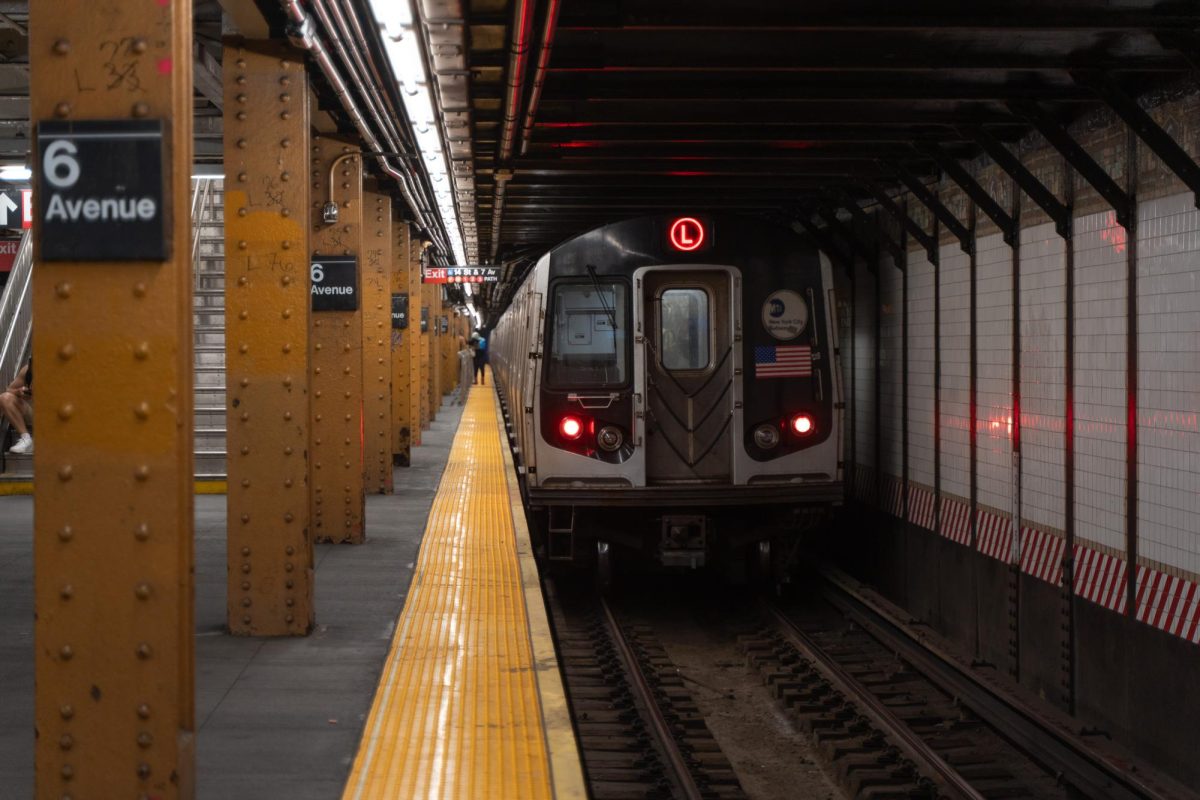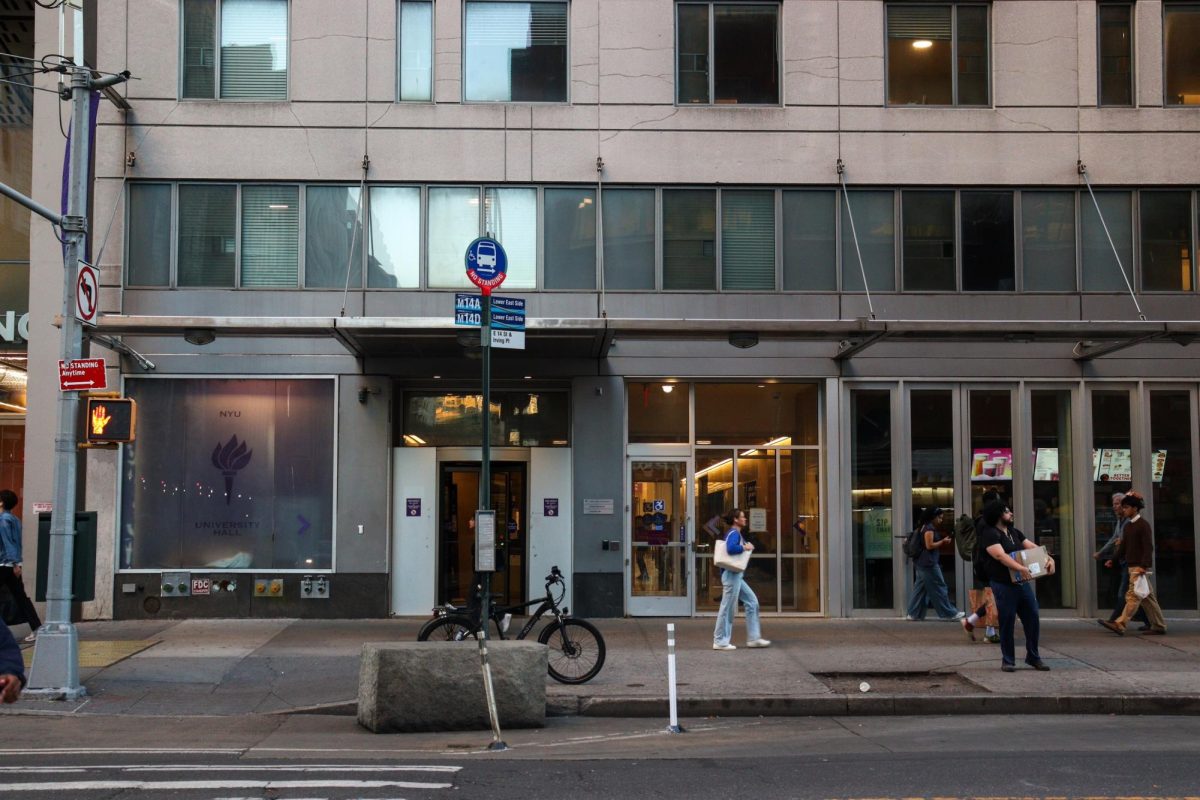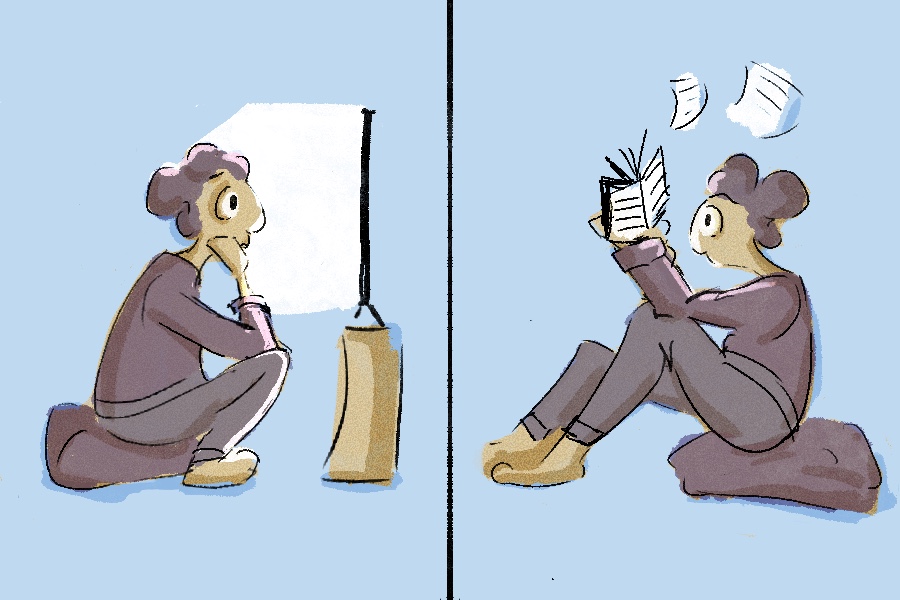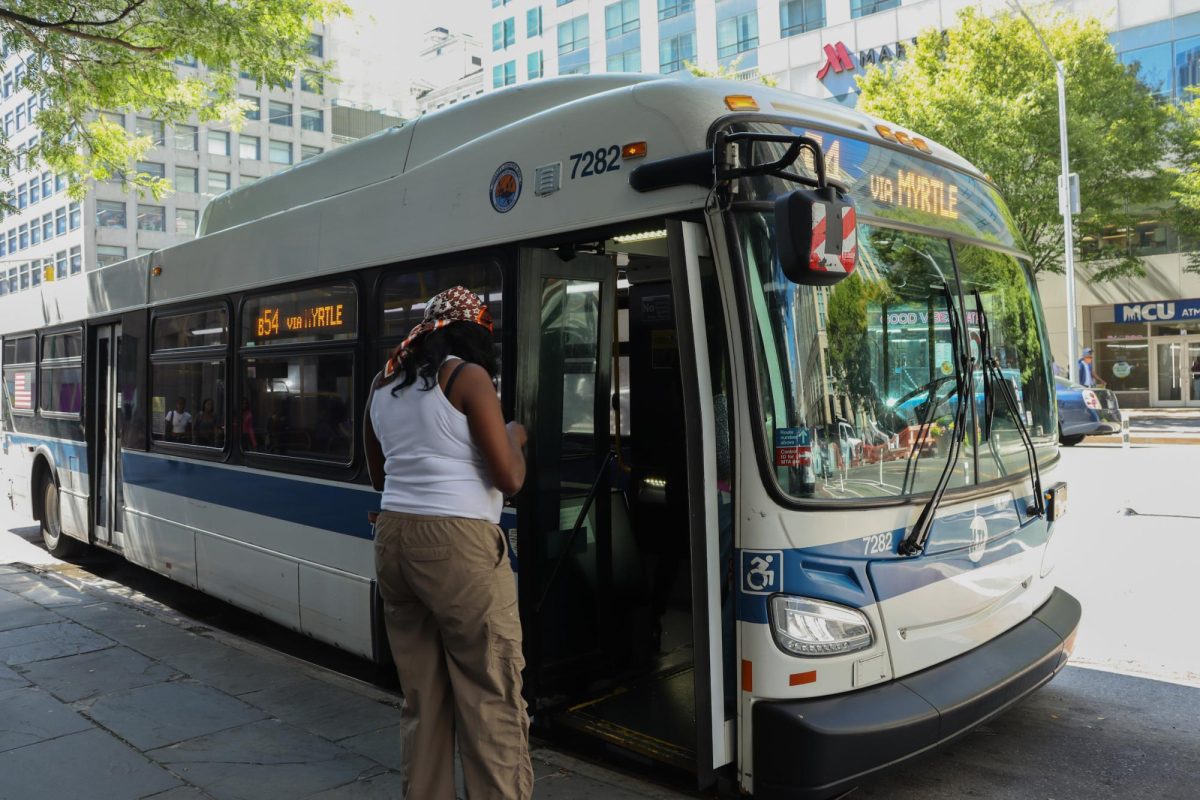To see in NYC: ‘The Man Who Shot Liberty Valance’ at the Museum of the Moving Image
John Ford’s classic late-era Western screens Feb. 18 at the Museum of the Moving Image as part of the series “The Legend of Woody Strode.”
Woody Strode plays Pompey in the 1962 John Ford film “The Man Who Shot Liberty Valance.” The film is screening at the Museum of the Moving Image on Feb. 18. (Image courtesy of Paramount Pictures / MoMI)
February 17, 2022
Over the next month, the Museum of the Moving Image in Queens is curating a series of screenings — free to NYU students with proof of ID — in honor of boundary-breaking actor Woody Strode. In addition to being one the first Black American athletes in the National Football League, Strode broke barriers in Hollywood and international cinema at a time when few opportunities were afforded to Black actors. One of the early standout films in this series is director John Ford’s “The Man Who Shot Liberty Valance.”
With his previous films — such as “The Searchers” and “Stagecoach,” among others — Ford built the Western genre, but with “The Man Who Shot Liberty Valance,” he deconstructed it. The film follows the story of Ransom Stoddard (James Stewart), a well-established politician reflecting on the moment that made him who he is today — the moment in which he killed famed outlaw Liberty Valance (Lee Marvin). The film then flashes back to when Ransom was the town’s newly arrived nobody, who, with the help of local townsman Tom Doniphon (John Wayne), slowly becomes part of the community.
Strode takes on a smaller role here than in other films in the series, making it less appealing for those coming to the screen to see him. However, the film still channels what he represents and challenged the norms of film at the time.
The film breaks down the image of the political upper class in America as Ransom rises to fame. This man is not as gentle as we think he is: He fails to give credit to those who assist him along the way. The everyday townspeople help him out in ways that contradict the idealistic image of the self-made man Ransom thinks he can be at the start of the film. Unlike Ford’s other Westerns, our heroes aren’t who we think they are.
The film is not the only collaboration between Strode and Ford. Already screened in this retrospective was the film “Sergeant Rutledge,” Hollywood’s first Western with a Black hero. Released two years prior to “The Man Who Shot Liberty Valance,” the film starred Strode as a soldier standing trial for crimes he might have not committed. Formative to Strode as an actor as well as the medium as a whole, it laid the groundwork for “The Man Who Shot Liberty Valance,” as Ford challenged the conventions of the genre he helped build.
Strode’s work in these and other Ford films would provide the jump to star status he deserved. He went on to have additional success in the Western genre, including Richard Brooks’ “The Professionals” and Sergio Leone’s “Once Upon a Time in the West,” which are also being screened as part of the retrospective.
In an era with few opportunities for actors of color, “The Man Who Shot Liberty Valance” helped Strode launch his own career and paved the way for representation in the Western genre and beyond. Both a riveting body of work and the legacy of an important figure in American history, “The Legend of Woody Strode” is worthy of your time and attention.
Contact Sebastian Zufelt at [email protected].





